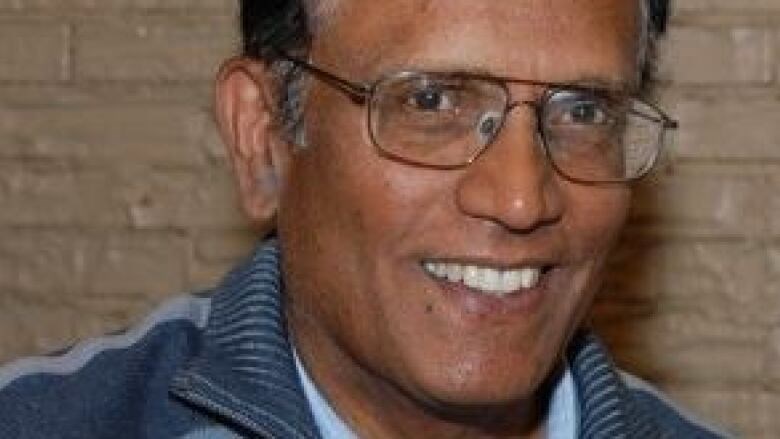Narasim Katary came to Sudbury with degrees in engineering and city planning for a job with the Region of Sudbury’s planning department in 1975.
It didn’t take him long to conclude that enhancing the quality of the city’s industrially damaged environment should be a key planning priority. Sudbury’s prosperity, he realized, depended on its ability to attract a critical mass of creative people, who wouldn’t come or stay if they equated Sudbury with blackflies, stunted trees and rocks covered in black soot.
Narasim and his planning department colleague Bill Lautenbach made sure to include land reclamation in the Region’s official plan and played a major role in raising funds to facilitate the first large-scale reclamation efforts in 1978.
The two mining companies employed a total of 26,000 people at the time, but Narasim predicted a steep decline in employment due to mechanization. He was criticized as being too negative, but a layoff of 2,200 employees in 1977 proved he was right. The initial diversification strategy he proposed was based on mining related industries, education, public administration and health.
Narasim considered the 1977 layoff as “a crisis that should not go to waste,” so working behind the scenes, he was instrumental in establishing Sudbury 2001, a grass-roots, multilateral economic development initiative that succeeded in overcoming the traditional confrontation between business and labour. Sudbury 2001 succeeded in bringing the community together to confront its challenges despite an 8-1/2-month strike that began in September 1978.
In this video, Narasim explains his modus operandi of “being in the rear and leading from behind.” On raising funds for land reclamation, he advises it’s always more effective to pitch civil servants and help them look good than it is to go to politicians. He also recommends having “stainless steel kneecaps” and “learning how to beg” over “thumping the table.”
Many of the priorities Narasim identified 45 years ago have been achieved. Land reclamation has transformed the city and attracted talented people. The mining supply and service sector has blossomed and Sudbury has grown as a centre of education, healthcare and public administration.
The next phase of economic diversification, he tells us, will depend on technological sovereignty, mining innovation and selective import substitution.
